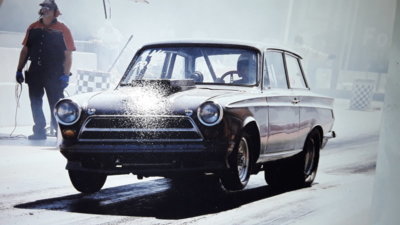jcskokos
Well-Known Member
I had to have my hub replaced a few years ago, which included new studs. Something about the originals needed top be cut. Anyway I had to take the tire off the car and all 5 studs just spun in the hub. Finally worked it off and the shop I had do the work also installed the wrong studs to begin with and stuck a spacer behind the wheel so it would torque down. Tried the "correct" dorman part from orielly auto just to find out the spinning wore out the hub too much so I decided to try one size bigger in the knurl.
I am having a hell of a time doing any kind of machining to the hub to get the new studs to press in. Just can't get the material down to open the hole enough. I was able to get one hole close, but still can't get the knurl to press into the hub.
What is a way to work with this thing so I can get the wheel back together? The suggestion has also been brought up top get the "correct" ones that fit loose and tac weld them in place. I'd rather not, but at this point im tempted.
I am having a hell of a time doing any kind of machining to the hub to get the new studs to press in. Just can't get the material down to open the hole enough. I was able to get one hole close, but still can't get the knurl to press into the hub.
What is a way to work with this thing so I can get the wheel back together? The suggestion has also been brought up top get the "correct" ones that fit loose and tac weld them in place. I'd rather not, but at this point im tempted.

















